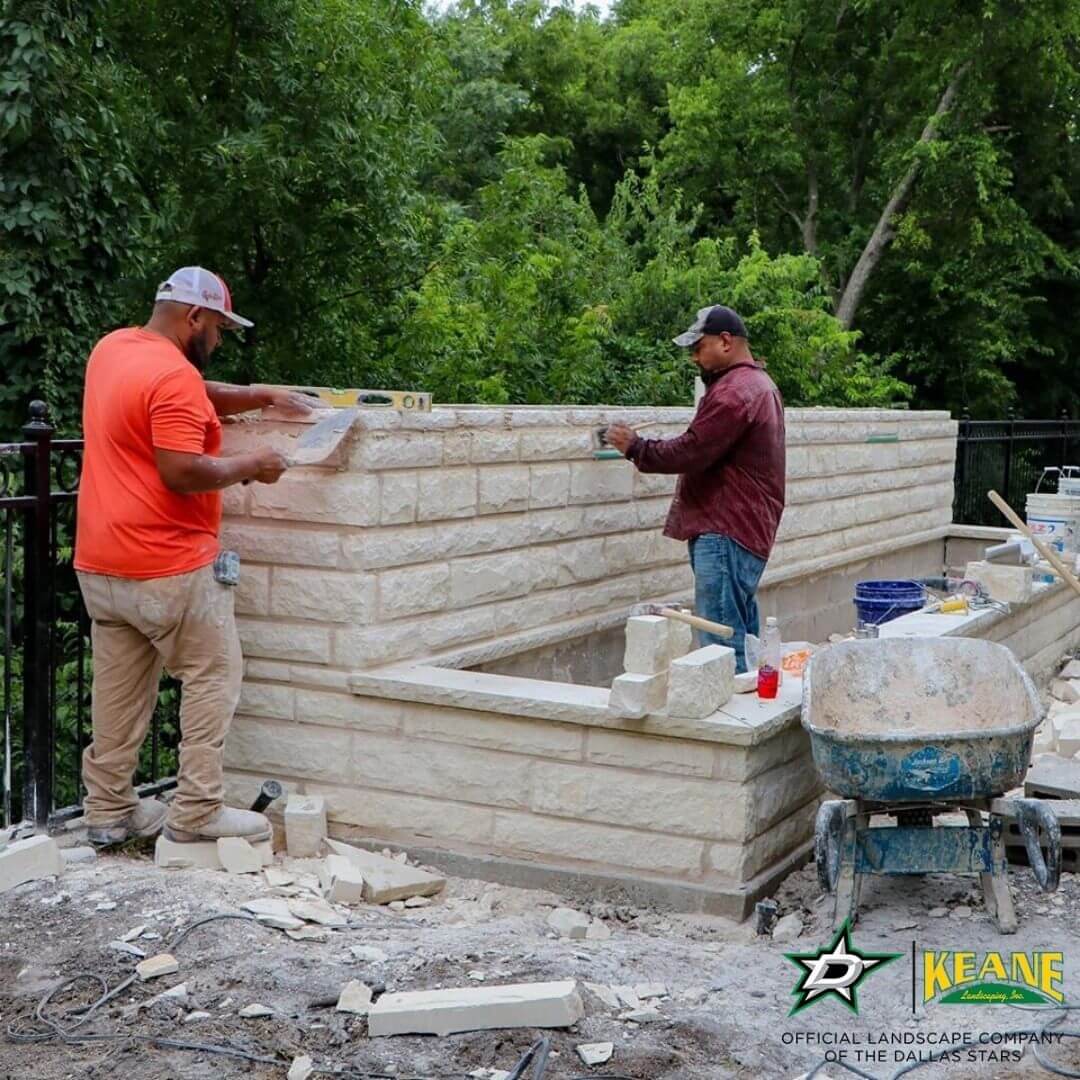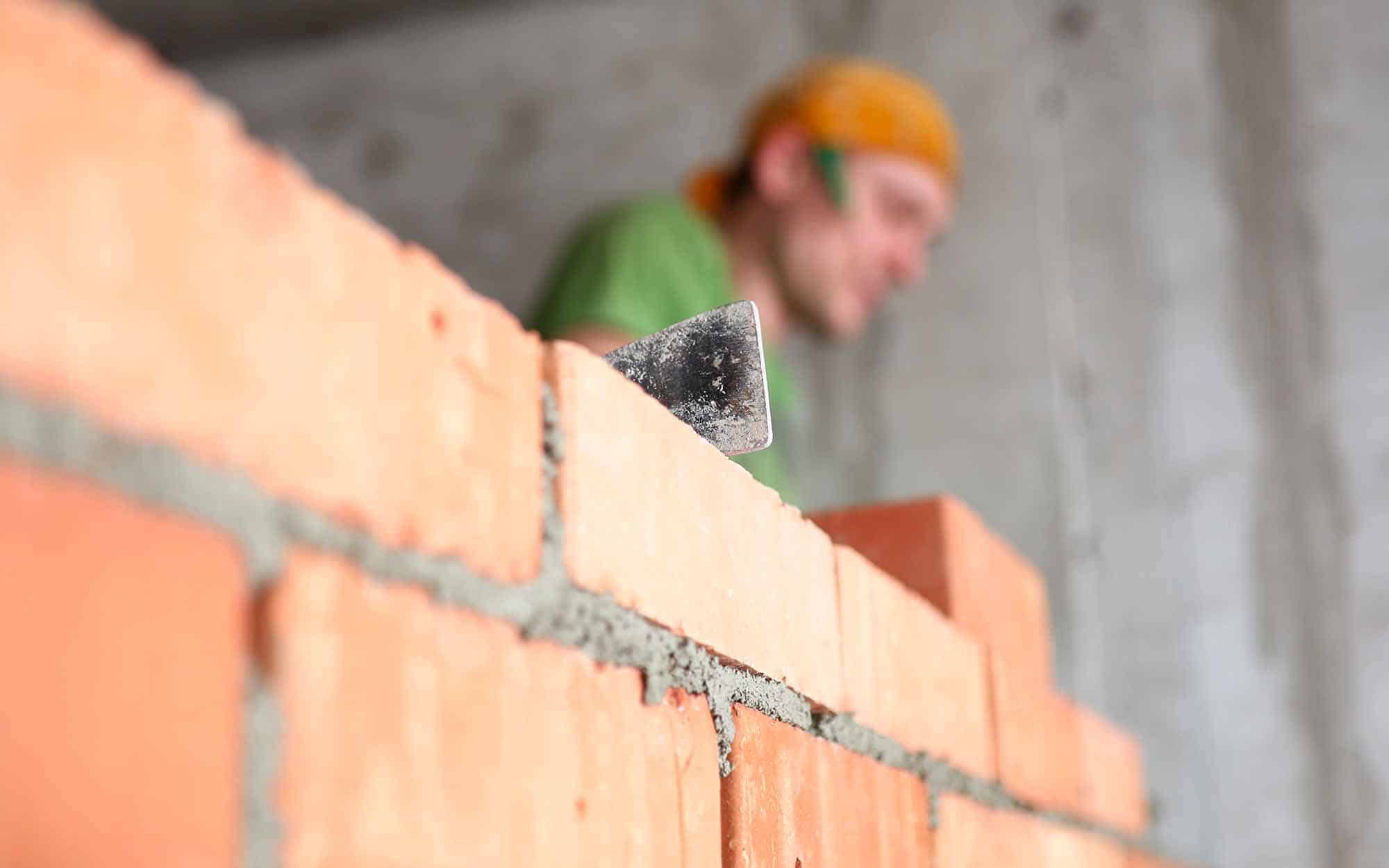Specialist Siding Contractor Services to Boost Aesthetic Charm
Opening the Secrets of Lasting Stonework Building Practices for Eco-Friendly Buildings
In the realm of modern construction, the search of lasting methods has become extremely important. Among the myriad strategies to green building, sustainable masonry construction stands out as a reliable and sturdy method that holds a wealth of untapped potential. From the selection of products to cutting-edge building and construction strategies, the keys to attaining sustainability within stonework building are diverse and interesting. By discovering the benefits, materials, techniques, and future trends of sustainable masonry, a deeper understanding of just how these techniques can shape the future of eco-friendly buildings arises.
Advantages of Sustainable Stonework Building
Welcoming lasting stonework building methods not only reduces environmental influence yet additionally uses long-term financial advantages to builders and communities. By using materials like recycled bricks, obstructs, and stones, contractors can significantly lower the carbon impact of their projects while advertising resource efficiency. Additionally, sustainable masonry building techniques, such as appropriate insulation and thermal mass properties, can enhance energy efficiency within structures, causing reduced functional costs in time.
Moreover, the toughness and resilience of stonework frameworks add to long-lasting economic advantages. Structures created making use of lasting masonry methods usually need less repair and maintenance, equating to cost financial savings for home builders and property proprietors. The longevity of stonework products additionally ensures that frameworks remain stable and safe, lowering the demand for frequent restorations or substitutes.
Eco-Friendly Stonework Products
Making use of environmentally friendly masonry materials is a pivotal step in the direction of enhancing the sustainability of construction practices and minimizing ecological impact while taking full advantage of long-lasting economic advantages. Sustainable masonry products are sourced, produced, and utilized in a manner that reduces overall ecological impact. Materials such as recycled blocks, redeemed rock, and sustainable cinder block are becoming progressively preferred options for eco-conscious home builders. Recycled blocks, for instance, not only draw away waste from garbage dumps yet also require much less power to generate contrasted to new bricks. Recovered rock uses a special aesthetic allure while minimizing the need for brand-new quarrying. Lasting concrete obstructs integrate recycled accumulations and may feature enhanced insulation homes, adding to power performance in structures.
Furthermore, natural materials like adobe, rammed earth, and straw bundles give exceptional thermal mass residential properties, lowering the demand for home heating and cooling down energy. These materials are commonly in your area available, advertising local economic climates and reducing transportation-related carbon exhausts. By picking eco-friendly stonework products, building jobs can considerably lower their ecological impact and add to the development of much healthier, a lot more sustainable constructed settings.
Energy-Efficient Masonry Techniques
Power performance plays a vital duty in boosting the sustainability of stonework building methods. By executing energy-efficient stonework techniques, home builders can dramatically reduce the general energy usage of a structure, bring about reduced operational prices and a smaller environmental impact. One essential energy-efficient stonework method is using thermal mass, which entails incorporating thick materials like concrete or brick into the building's structure to absorb and save warm. This aids control indoor temperature levels, lowering the demand for mechanical heating and cooling down systems.

Developments in Lasting Masonry
Recent advancements in lasting masonry techniques have actually produced cutting-edge strategies that are reshaping the building and construction industry. One such development is the growth of self-healing concrete, which makes use of microorganisms installed within the concrete to heal cracks autonomously. This development not just reduces upkeep costs but also enhances the sturdiness of masonry structures, adding to their sustainability.
Another notable development is making use of recycled accumulations in stonework building and construction - masonry contractor. By integrating materials such as smashed ceramic waste or click for source recycled glass into concrete mixes, building contractors can minimize the environmental influence of construction tasks while preserving architectural stability. This method not only diverts waste from land fills but also saves all-natural sources, making it a crucial advancement in lasting stonework building and construction
Additionally, the assimilation of electronic design tools, such as Structure Details Modeling (BIM), is transforming the means masonry structures are planned and created. BIM permits even more exact estimations, lowered product wastage, and improved energy efficiency, ultimately bring about even more lasting building practices. These developments jointly signify a promising future for sustainable stonework building in the era of green structures.
Future Trends in Stonework Sustainability
With the cutting-edge strides made in lasting stonework methods, the future patterns in masonry sustainability are poised to additional change the building sector. Among the essential patterns shaping the future of masonry sustainability is the boosted integration of innovation. Improvements such as Building Information Modeling (BIM) and virtual truth simulations are being made use of to maximize stonework building and construction processes, leading to reduced material waste and boosted power efficiency in buildings.
In addition, the advancement of unique lasting materials is established to play a substantial role in improving the eco-friendliness of masonry building and construction. masonry contractor. Technologies like self-healing concrete, that site recycled accumulations, and bio-based binders are getting grip for their ability to decrease environmental impact while maintaining architectural stability

Conclusion
In final thought, lasting masonry construction techniques offer many benefits for environmentally friendly structures. By utilizing eco-friendly products and energy-efficient methods, stonework can contribute to a much more sustainable developed environment. Advancements in sustainable masonry are continuously being established to More Bonuses additionally enhance the ecological efficiency of buildings. Looking in the direction of the future, the pattern of stonework sustainability is expected to expand, causing more environmentally pleasant and energy-efficient building and construction methods in the years to find.